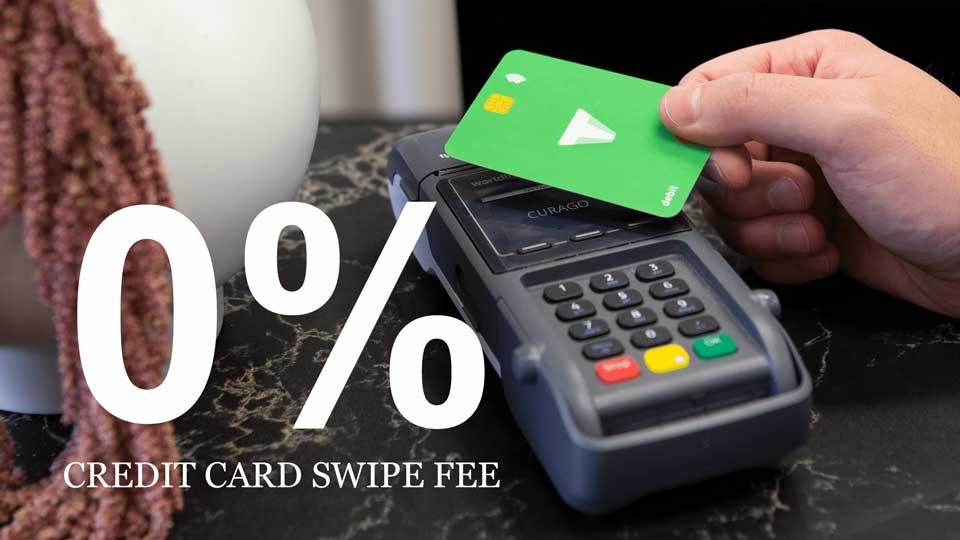
Do you know the average credit card swipe fee in America is around 2-2.5% of the transaction amount? It’s among the highest in the world. But do you also know that as business owners, you can avoid paying this fee by passing it on to your customers as a surcharge? Read on to learn more!
1. How credit card swipe fees are hurting American businesses?
Credit card swipe fees have experienced a significant increase of over double in the past decade. This surge can be attributed to the dominant market control of Visa and Mastercard, who collectively hold an 80% share. These fees are calculated as a percentage of each transaction, contributing to their impact on businesses and consumers. In 2021, swipe fees alone raised prices for the average American by a minimum of $900. Remarkably, swipe fees rank as the fourth-largest item in America’s sales expenses. While swipe fees are not a new concern, the issue has worsened during a time when Main Street businesses are grappling with changing macroeconomic conditions. Small business optimism plummeted to a six-month low in December, primarily due to the ongoing battle against rising costs. According to the Federal Reserve’s survey, banks face an average cost of 4 cents per transaction, regardless of the total ticket amount. Interestingly, swipe fees in the United States are among the highest worldwide. To address these concerns, the Credit Card Competition Act was introduced in Congress last year. However, it failed to become law before the conclusion of the congressional session.2. How can business owners avoid credit card swipe fee?
Here are some ways to avoid credit card swipe fees:- Apply a surcharge. The easiest way to avoid paying credit card processing fees is by passing them on to your customer. There are several rules regarding surcharging that merchants must follow, so compliance is key1.
- Capture more customer data1.
- Swipe whenever possible1.
- Offer ACH payments1.
- Become PCI compliant1.
- Check your statements1.
- Ask your processor1.
3. What is PCI compliance?
PCI compliance refers to the technical and operational standards set out by the PCI Security Standards Council that organizations need to implement and maintain. The goal of being PCI compliant is to protect cardholder data and applies to any organization that accepts, transmits, or stores that data12. PCI compliance is important because it helps protect cardholder data and prevent fraud. If you’re not PCI compliant, you could be subject to fines and other penalties.4. How to become PCI compliant
To become PCI compliant, a business typically must do three things:- Meet the requirements set out by the Payment Card Industry Security Standards Council.
- Complete an assessment that shows how secure a business’s systems and practices are. Most small businesses can perform a self-assessment.
- Perform a scan of the network used to process payments. This technical exercise requires the help of an outside firm1.
5. How can HTSwipe help your business save money?
As a leading merchant service provider, HTSwipe will give you the best payment solution to fit your needs. In addition to the traditional interchange plus pricing, we provide flat rate payment solution to nail salon, spa, restaurant and many other types of businesses. On average, our customers save thousands of dollars per month by switching to flat rate payment solution. In addition, we will help you to become PCI compliant so you can avoid paying fines and other penalties. Start keeping more of your hard-earned money today by filling out the form below. An associate will reach out to you within 24 hours.[contact-form-7 404 "Not Found"]
